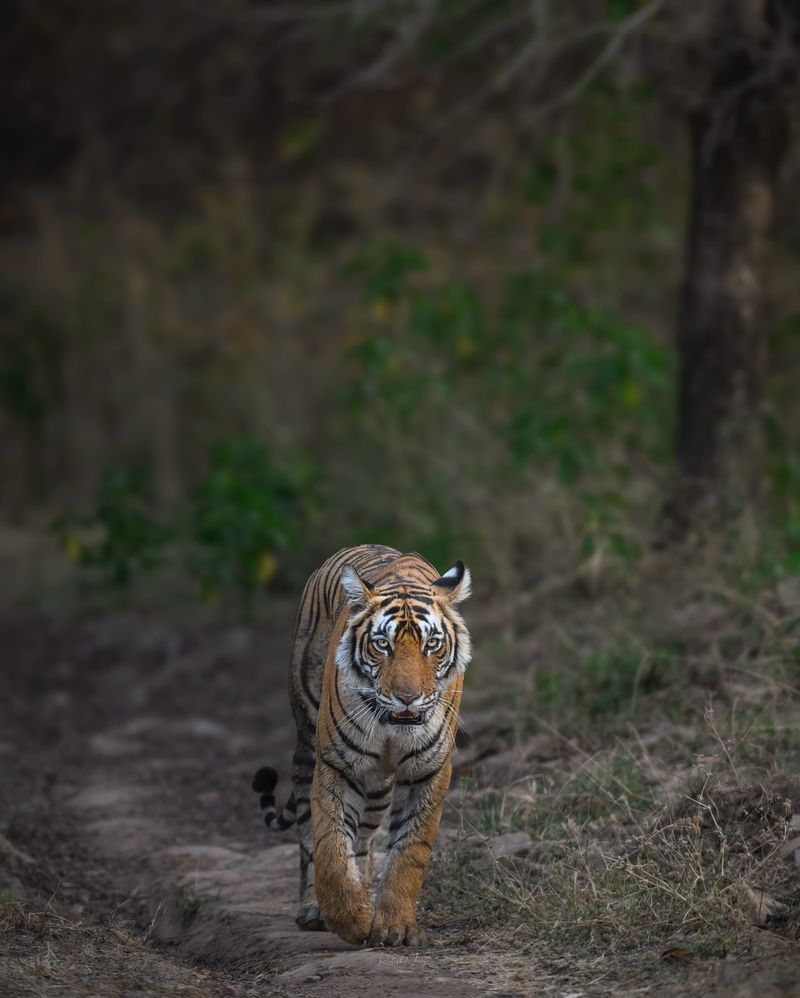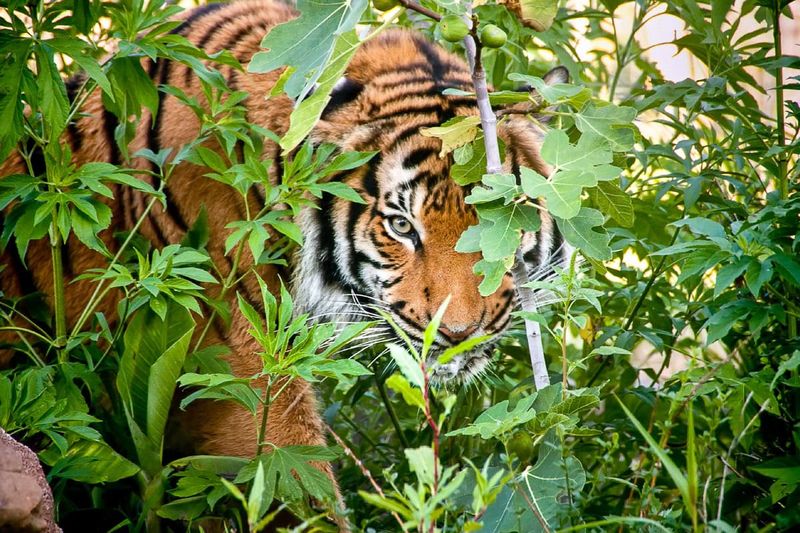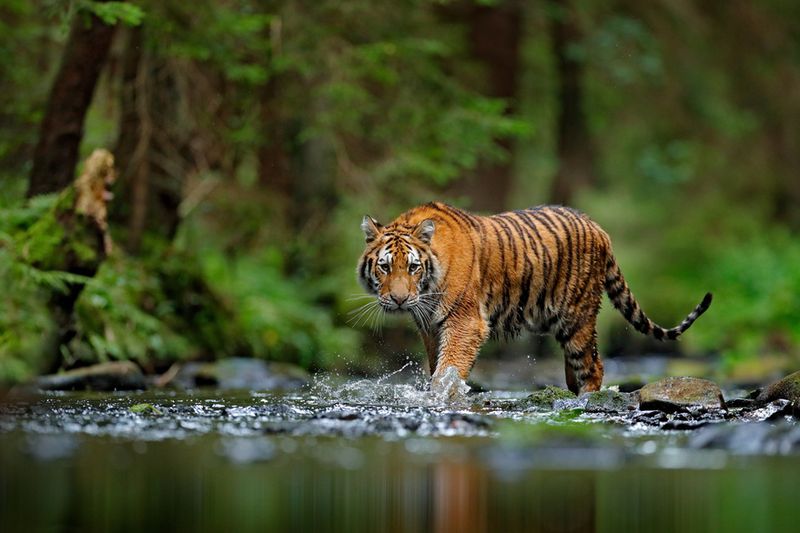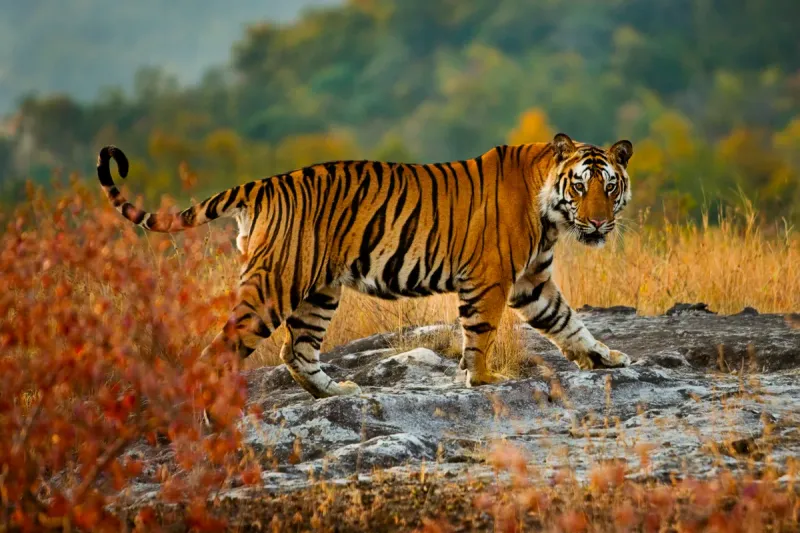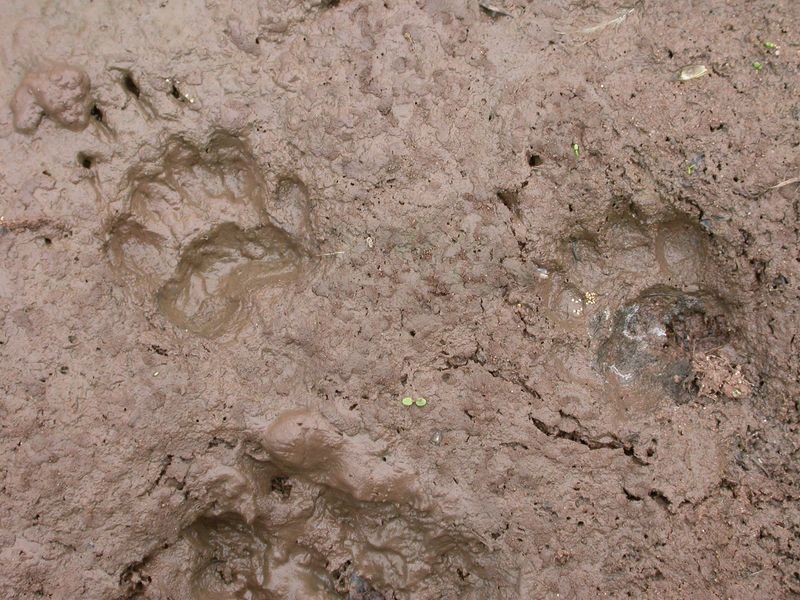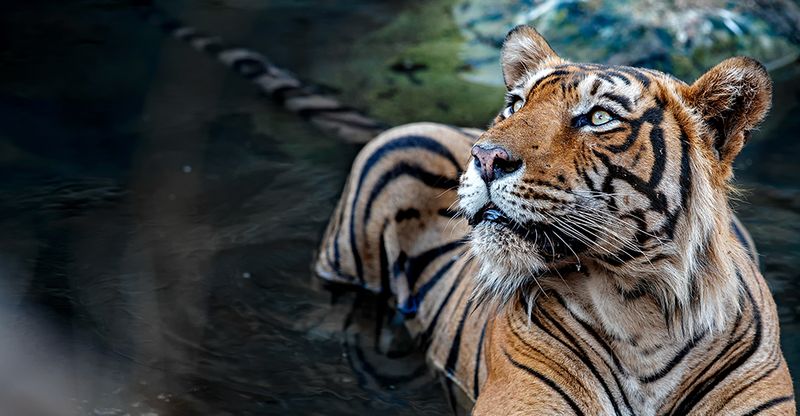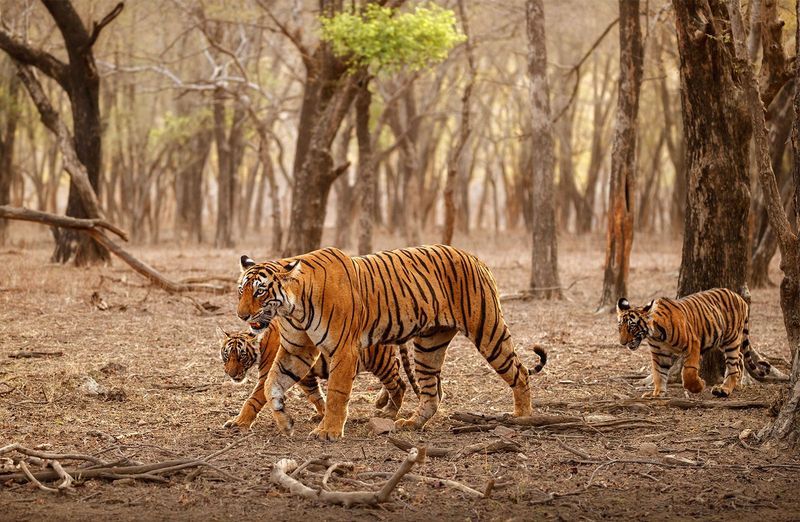📖 Table of Content:
- 1. The Deafening Silence Before Spotting a Tiger
- 2. Your Senses Become Supernaturally Sharp
- 3. The Physical Toll Is Brutal
- 4. The Dangerous Dance of Distance
- 5. Reading Paw Prints Like Ancient Text
- 6. The Psychological Battle Within
- 7. The Ethical Dilemmas of Modern Tracking
- 8. The Moment of Connection Changes You Forever
Tracking tigers through dense jungle terrain is one of the most heart-pounding wildlife experiences on earth. Few adventures combine such intense danger with breathtaking natural beauty as following these magnificent apex predators in their native habitat. Whether you’re a wildlife photographer, researcher, or adventurous tourist, the reality of tiger tracking is far different from what most people imagine.
1. The Deafening Silence Before Spotting a Tiger
Jungle sounds suddenly stop when a tiger is near. Birds cease chirping, monkeys fall quiet, and even insects seem to hold their breath. This eerie silence is your first clue that you’re in the presence of something powerful.
Experienced guides call this phenomenon ‘jungle telegraph’ – nature’s warning system that’s evolved over thousands of years. The weight of this silence presses against your ears, making your heart pound louder in response.
Your body instinctively understands the message before your mind does: you are no longer at the top of the food chain in this environment.
2. Your Senses Become Supernaturally Sharp
The human body performs remarkably when tracking tigers. Adrenaline floods your system, transforming ordinary senses into finely-tuned detection tools. Suddenly, you notice subtle details – a bent blade of grass, the faint musky scent unique to big cats, or distant rustling that wouldn’t normally register.
Your vision narrows and sharpens, focusing on movement patterns that seem out of place. Even your sense of time changes, with seconds stretching into what feels like minutes.
Many trackers report developing an almost sixth sense after multiple expeditions, instinctively knowing when a tiger is watching them from the undergrowth.
3. The Physical Toll Is Brutal
Tiger tracking pushes human endurance to its limits. Trekking through dense jungle means battling sweltering heat that often exceeds 100°F with humidity levels near 90%. Sweat-soaked clothes become a constant companion, along with the countless insects attracted to your moisture.
Sleep deprivation becomes normal when tracking tigers, as many are most active at dawn and dusk. Your legs burn from navigating uneven terrain, climbing over fallen trees, and sometimes wading through leech-infested waters.
Veteran trackers sport an array of scars from thorns, falls, and insect bites – badges of honor in this demanding profession.
4. The Dangerous Dance of Distance
Finding the perfect distance from a tiger requires precise calculation. Too far and you’ll miss crucial observations; too close and you become prey. Most trackers aim to maintain at least 50 yards between themselves and the tiger – close enough for photography but far enough for a potential escape.
Tigers can accelerate from zero to 40 mph in mere seconds, covering ground faster than humans can react. Their strength allows them to drag prey twice their weight through dense vegetation.
Safety protocols include always having an escape route planned, never turning your back, and carrying deterrents like pepper spray as an absolute last resort.
5. Reading Paw Prints Like Ancient Text
Tiger trackers develop an intimate relationship with paw prints. A fresh print reveals not just the tiger’s direction but its mood, hunting status, and even individual identity. The depth of the impression indicates weight and speed, while the spacing between prints shows whether the animal was strolling casually or stalking prey.
Front paw prints from male tigers typically measure around 5.5 inches wide, while females average 4.5 inches. The freshness of a print can be judged by examining how crisp the edges are and whether water has pooled in the depression.
Master trackers can identify specific tigers solely from their unique paw print patterns.
6. The Psychological Battle Within
Fear becomes your constant companion when tracking tigers. Each snapping twig or rustling leaf triggers an internal battle between professional curiosity and primal terror. Many trackers describe experiencing vivid nightmares during expeditions – their subconscious processing the day’s tension.
The psychological intensity creates a unique form of bonding among tracking teams. People who’ve faced a wild tiger together often develop lifelong friendships forged in shared vulnerability.
Maintaining mental composure while acknowledging legitimate fear is the hallmark of veteran trackers. They develop rituals and mantras to manage anxiety without surrendering to panic that could trigger a tiger’s predatory instincts.
7. The Ethical Dilemmas of Modern Tracking
Today’s tiger trackers face complex ethical questions their predecessors never encountered. With fewer than 4,000 wild tigers remaining worldwide, each tracking expedition must balance research needs against potential disturbance to these endangered animals.
Modern trackers often employ camera traps and DNA sampling from hair and scat rather than direct pursuit. When physical tracking is necessary, strict time limits prevent undue stress on the animals.
The tourism industry creates additional complications, with guides sometimes pressured to guarantee tiger sightings for paying customers. Responsible trackers refuse to use bait or disrupt natural behaviors for better photo opportunities.
8. The Moment of Connection Changes You Forever
Making eye contact with a wild tiger fundamentally alters your perception of yourself and your place in the natural world. Those who’ve experienced this describe it as a spiritual awakening – a moment of perfect clarity when human pretenses fall away.
A tiger’s gaze communicates ancient wisdom and raw power simultaneously. You’re being assessed not as a person with accomplishments and status, but simply as another creature in the jungle.
Many trackers report a profound sense of humility and renewed environmental commitment after such encounters. The experience creates advocates who work tirelessly to protect these magnificent animals from extinction, having witnessed firsthand what would be lost.

